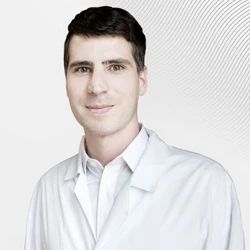Narrated by Tatiana Kachenovskaya,
speech pathologist
Before starting rehabilitation treatment, a comprehensive diagnosis is performed, which helps to correctly assess the condition of the patient's speech components:
- understanding of spoken speech, including complex lexico-grammatical constructions, the volume of speech perception by ear;
- the degree of independence and arbitrariness in the construction of speech utterance, the ability to stay in speech activity;
- the state of active speech, the presence of speech patterns, stereotypes;
- the presence or absence of defects in the nomination (naming, selection of the desired word from the semantic field);
- the presence or absence of defects in internal speech, difficulties in articulating statements;
- the state of the pronouncing side of speech;
- the degree of control over one's own speech;
- the state of counting operations, reading and writing skills.
The main areas of work of a speech therapist: techniques and techniques
The first stage
The identified abnormalities may have varying degrees of severity, and some functions may be fully preserved with partial or complete impairment of others. At the first stage, the speech therapist's work on restoring speech functions may include the following exercises and techniques.
- Creating conditions in which the patient is forced to process incoming information. Eliminating the "silence mode", every 15 minutes (the interval may increase depending on the general condition), the specialist addresses the patient with questions even if he is unable to answer. He speaks about any everyday topic in short, simple phrases at a slow pace, drawing attention to himself and encouraging the patient to listen to the speech. Keeping eye contact.
- Using alternative questions. The specialist structures the question in such a way that the patient cannot limit himself to a gesture. For example, the question "Will you have water?" is not appropriate. You should ask: "Will you have water or juice? What will you drink?"
- Naming of items. The patient is shown cards with images of objects and objects of the surrounding world and asked to name what he saw. Using the cards, you can ask the patient to choose the correct name among several suggested options.
- Recognizing familiar faces. The assignment is similar to the previous one, but photos from the family album are used as working material.
- Naming of letters and numbers. The patient is shown randomly arranged rows of letters or numbers (the size and number of elements depend on the degree of damage to the speech function and the general condition of the patient) and asked to name them.
- Answers using the words from the question. You can ask the patient to answer questions by repeating the words and changing their order.
- Working with rows. Often the patient is able to name the usual series (alphabet, days of the week, months). You should use this opportunity and suggest reproducing the rows in reverse order (for example, counting from five to fifteen and back, counting in twos, listing relatives or colleagues, etc.).
- Reading and writing. In the event that reading or writing skills are not impaired, they are actively used for early rehabilitation. The patient is asked to slowly read aloud individual words, phrases, or fragments of text, asking questions about the content of what he has read.
The second stage
When the patient's condition improves, more difficult tasks are offered.
1. Restoration of connections between the word and the image (including between the visual image and the word), correction of nomination defects. The ability to arbitrarily hold a given speech structure. Self-construction of phrases, correction of defects in internal speech.
- Showing pictures and naming the objects depicted on them; choosing the correct name of an object or action based on a card; selecting a card for a word and a word for an image;
- answers to questions using words from the question;
- working with story paintings and series of paintings with a consistent plot; composing a story with a preset number of words and sentences;
- word selection according to a given attribute;
- working with the rhythm, tempo, and intonation of a statement;
- working with sentence diagrams, drawing up a speech utterance plan, retelling texts of varying complexity using reference words and images (with a gradual increase in the degree of independence in constructing an utterance);
- reading and writing by dictation and independently.
2. Understanding speech. Regaining control over your own speech.
- Restoration and refinement of spatial representations;
- construction and reproduction of specified standards (including speech standards);
- classification and sorting of words by meaning;
- the construction of an utterance using supporting words with spatial meaning, prepositions and conjunctions;
- improvisations on a given topic;
- interpretation of complex words;
- counting operations;
- following complex instructions.
3. Pronunciation correction. Overcoming inertia in the speech process. Restoration of articulation.
- Working with the tempo, rhythm, and intonation of the utterance;
- restoration of articulatory patterns;
- verbalization of actions;
- working with speech patterns (including numerical and letter sequences, poems, proverbs and sayings);
4. Restoring numeracy, reading, and writing skills.
- Recognition and naming of letters and numbers;
- letter-by-letter analysis using diagrams;
- working with reading techniques and analyzing what you read;
- restoration of graphic skills.
Rehabilitation activities are carried out as soon as possible after a stroke, the number and frequency of meetings with a speech therapist depend on the severity of speech disorders and the general condition of the patient. The decision on the need for speech therapy correction and rehabilitation is made collectively together with a neurologist.





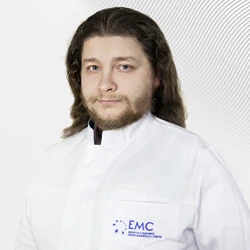
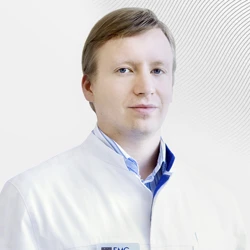
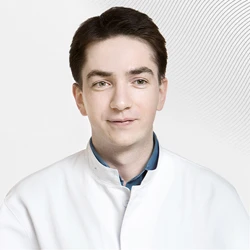
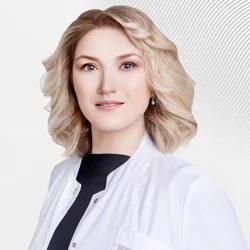
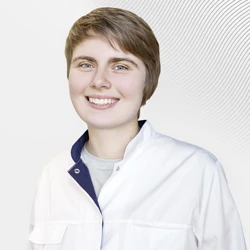
.webp)
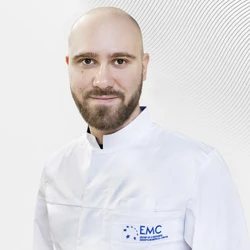
.webp)
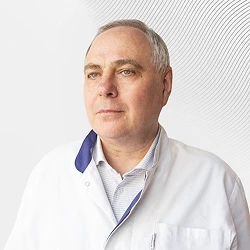
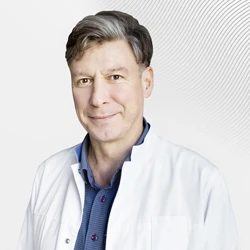
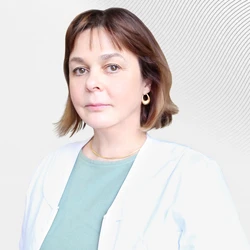
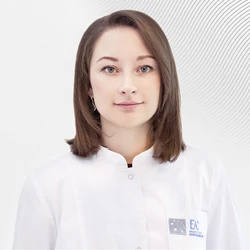
.webp)
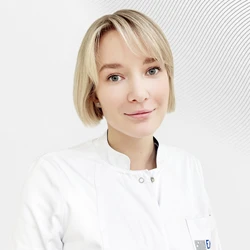

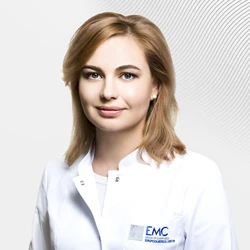
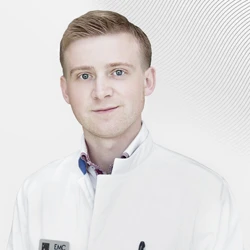
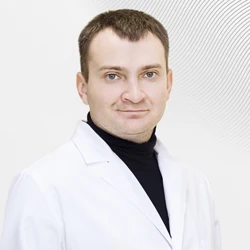
.webp)
